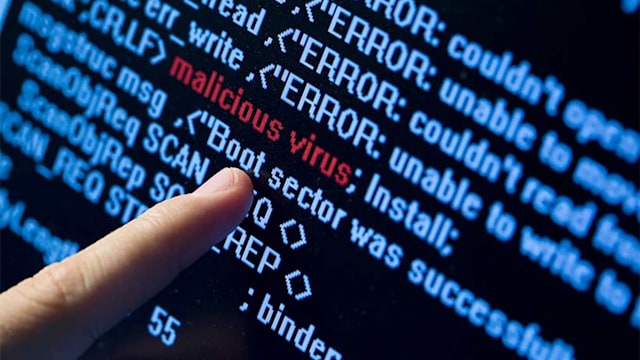Following on from the news that the NHS and organisations in 150 countries around the world have been affected by a cyber attack, there have been fresh fears that the ransomware virus could spread even further when people return to work on Monday. The malware which is used in the attack – called WannaCry – attacks Microsoft Windows operating systems and takes control of user's files, demanding $300 (£230) payments to restore access.
STORY: 20 easy ways to save money around the home
The primary steps you can take to avoid the ransomware affecting your own personal devices are to be on guard for suspicious emails and don't click on any links or download any suspicious attachments. The National Cyber Security Centre has also shared its own advice to ensure the virus doesn't affect your business or personal computer:
- Run Windows Update: Updating your computer should ensure you have the latest security software to protect against viruses or malware.
- Make sure your antivirus product is up to date and run a scan: If you don't have any antivirus software on your computer, you could install one of the free trial versions from a reputable vendor such as McAfee or AVG.
- If you have not done so before, think about backing up important data: Save your data to an external hard drive if possible. Not only will this ensure none of your files are damaged or lost if you are affected by a computer virus, you also can't be held to ransom if you've got the data somewhere else.
What should I do if my computer has been infected?
There is no single solution to restore your computer if it has been infected. If the ransomware has only blocked access to your internet browser, you may be able to regain control by accessing your computer's task manager and shutting down the program. However, if your devices have been infected by WannaCry – the malware that has affected the NHS' computer system – the ransomware will lock your entire PC.
You could try downloading a copy of the Microsoft Safety Scanner on a clean, non-infected PC and copy the downloaded file to a blank USB drive or CD and then insert it into the infected PC. Get a step-by-step guide of how to restore access to your computer on Microsoft.com.
See the latest news stories here.










